Digital users are inundated with ads and promotional content on virtually every digital channel, from web searches to social media. They’re desensitized to the promise of ads, preferring genuine connections with brands that prove long-term value.
But if consumers aren’t responding to ads, how can brands show what they’re about?
The answer: storytelling.
A powerful narrative gives consumers a hero to root for and taps into their emotions, all the while showing them your brand’s mission and values.
Building deep connections with the audience
Crafting a good brand story isn’t about writing the next Hollywood hit but understanding how and why your messaging can elicit emotional responses and pull your audience.
And, as with any story, you have to start by knowing your audience. Most brands conduct extensive market research to understand the ideal buyer persona. However, telling a story that resonates with the audience requires a deeper dive, uncovering the granular details about the target demographic, their challenges and pain points, and how they feel about certain topics.
It’s important to know the age groups, gender, and location of your buyers to craft targeted messaging. You should also know their psychographic information, including their values, interests, and goals. The more you know, the better you can create a narrative that feels like it’s speaking directly to them.
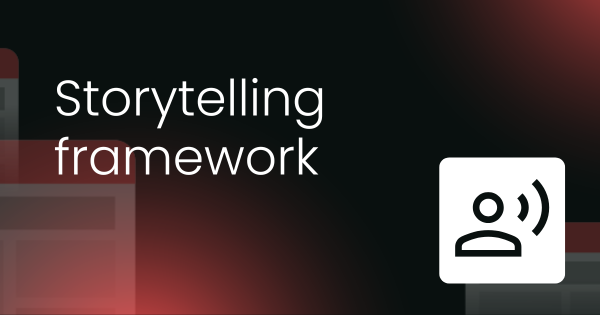
Building the hero’s journey
At first, brand storytelling can feel intimidating. You may not know where to start or how to structure a story that resonates. Fortunately, all stories follow a few basic structures, the “hero’s journey” being the most common.
Also known as “Campbell’s Monomyth,” the hero’s journey contains stages of the hero’s transformation through different challenges. Sound familiar? You’ve likely seen examples of the hero’s journey in your favorite novels or films, including wildly popular titles like Star Wars, the Harry Potter series, and most Hollywood westerns.
While this structure works well for epic tales, its real value is that the design helps you engage with the audience quickly and get them invested in the story you’re telling – aided by some deliberate elements that align with the customer journey.
Here are some examples of how the hero’s journey reflects different brand touchpoints:
- Awareness stage: The hero starts in the ordinary world that’s disrupted by a challenge they must overcome. The same is true of the customer journey, in which the customer becomes aware of a problem they have and seeks a solution.
- Consideration stage: The hero often encounters different challenges and dilemmas on the path to transformation. This is similar to the consideration stage, in which the customer is evaluating multiple options from different brands to determine which offers the most value.
- Decision stage: The hero eventually accepts the challenge and begins their quest. This is similar to the decision stage, which is when the customer decides to purchase your product or service. Customer stories and case studies can show how making a purchase has benefited other customers.
- Retention stage: The hero must go through trials to come to the happy ending, or else it’s anticlimactic. As a brand, your relationship doesn’t stop at the purchase. You have to nurture the customer’s experience after the purchase is complete with exceptional support and resources that help them get the most out of their product or service.
- Advocacy stage: The end of the hero’s journey brings them home, feeling accomplished and transformed from the experience. This sense of closure can be recreated by your brand when you turn a customer into a loyal brand advocate who shares their positive experience with others.
What makes a story emotionally resonant?
Now that you understand the basic story structure, it’s important to add some key elements to make your story connect with the audience:
Authenticity
One of storytelling’s most powerful advantages is authenticity, especially at a time when savvy consumers are wary of promotional content and being “sold to” by brands. They want to know what’s in it for them, but many brands are still talking about themselves and only sharing the high points. Show them that your brand is authentic and share the whole story.
Relatability
Consumers are seeking interactions with brands because they want a human connection. Don’t be afraid to show the human side of your brand in your storytelling. Your messaging shouldn’t be limited to promotion and serving your own needs.
Founder stories and customer success stories give your audience the information they need and humanize your brand without excessive self-promotion.
Emotions that inspire
The stories you tell should inspire action from your audience. Depending on your brand and audience, this could be happiness, anger, anxiety, joy, love, fear, or surprise. For example, restaurant brands often rely on emotions like love and nostalgia by showcasing families coming together for a meal or a marriage proposal over a candlelit dinner, while insurance companies rely on fear or uncertainty to inspire consumers to act.
Conflict and resolution
Every good story has a central conflict that drives the narrative. This core element gets your audience invested and gives them a reason to root for your hero. Start with a challenge they understand, build tension, and then offer resolution through your brand’s products or services to help them see the possibilities.
Developing your brand’s story
No matter the industry or audience, all brands have a story to tell. Putting it all together into a cohesive and compelling story can be easier said than done, however. Here are some ways you can develop your narratives:
Begin with core values
Your brand has core values that you need to uphold throughout your customer interactions, products, and support. Likewise, those core values should be part of the brand stories you tell, reinforcing your values at every step of the experience.
What matters most to your brand? Are you proud of your sustainability initiatives? Community impact? Customer successes? Whatever moves your brand, add it to your story to establish the stakes and tell your audience what you’re about.
Highlight your unique selling proposition
What makes your brand unique and different from your competitors? This unique selling proposition, whether it’s exceptional customer service, reliable products, cost savings, or inclusiveness, it’s what makes your brand stand out.
Once you know what’s unique about your brand, think of ways you can incorporate it into your web content, blog posts, social media captions, and video scripts to reinforce your message. For example, Warby Parker built the brand by circumventing traditional channels and engaging with customers directly, emphasizing its commitment to a fun, easy shopping experience.
Strategies to showcase storytelling in your marketing
Website
Your website is an important part of showing who you are as a brand. Starbucks excels at brand storytelling, particularly on the About page, which highlights new products, community involvement, company milestones, and a rich history.
Visual content
Your stories can be bolstered by visual elements that support your narrative and keep the audience engaged. GoPro has some excellent examples of customer videos and moments captured by its products, showing how these products have real-world value.
Social media content
Social media platforms are a great way to share stories with customers and build a human connection. Mailchimp does this well, showcasing both customer success and the brand’s fun-loving personality through memes.
Nurture your audience with brand stories
With so many brands to choose from, consumers are spoiled for choice. Storytelling can give your customers a reason to engage with your brand, show off who your brand is and what you stand for, and build an authentic narrative that nurtures a memorable, lasting experience with your audience.
Want to dive deeper into the art of storytelling?
Get Storytelling Certified: Masters and learn how to craft compelling brand narratives using proven storytelling frameworks, real-world case studies, and expert-led insights.
Now included in the Pro+ membership bundle.






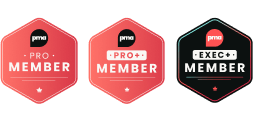



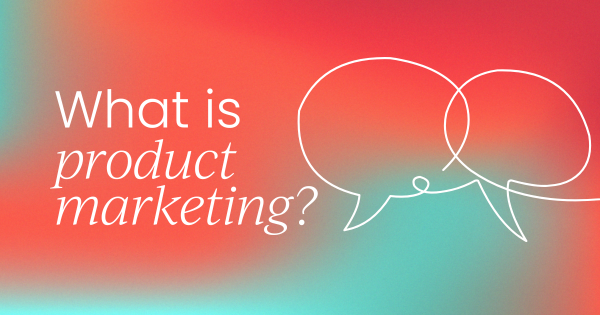


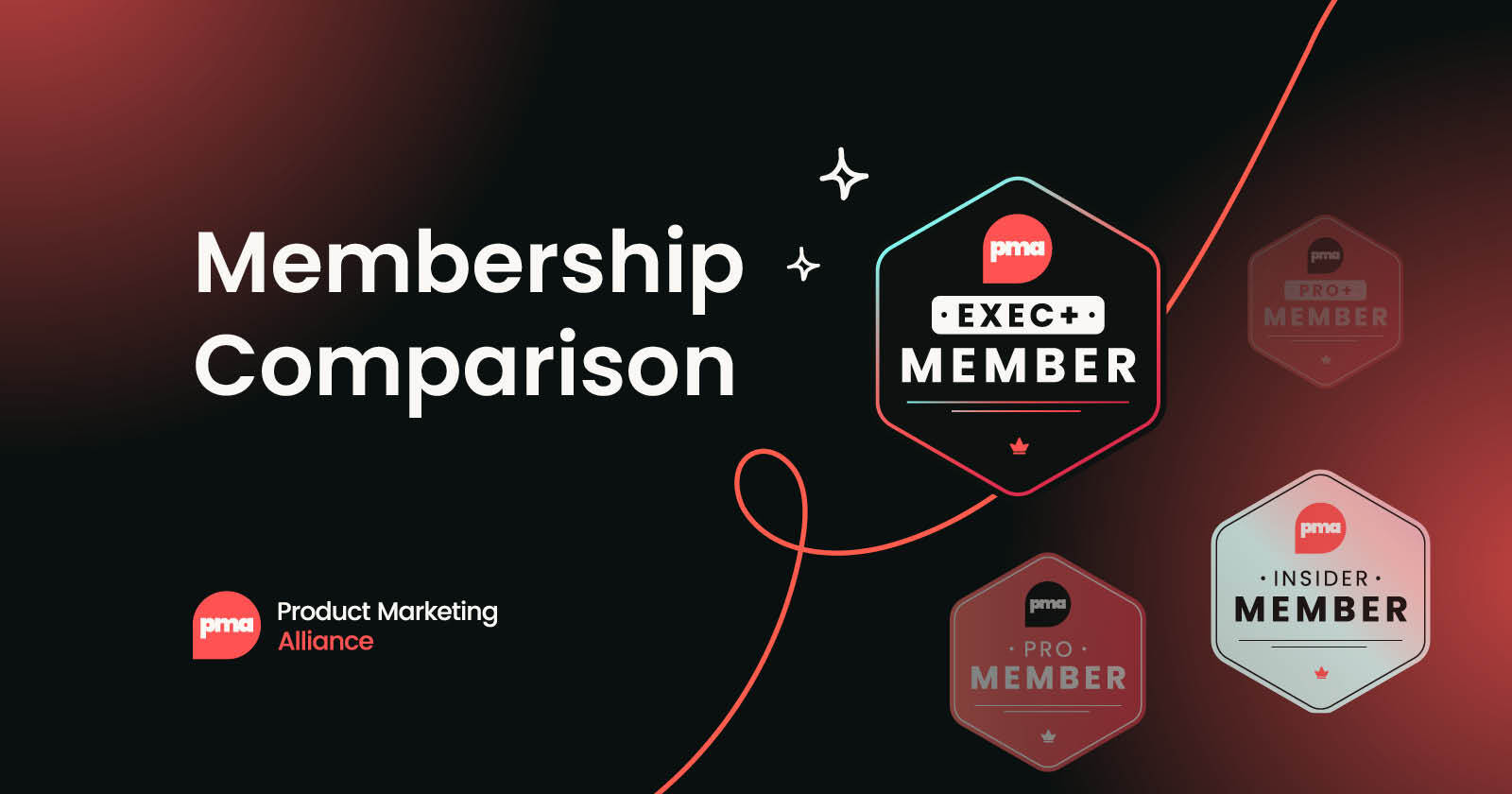
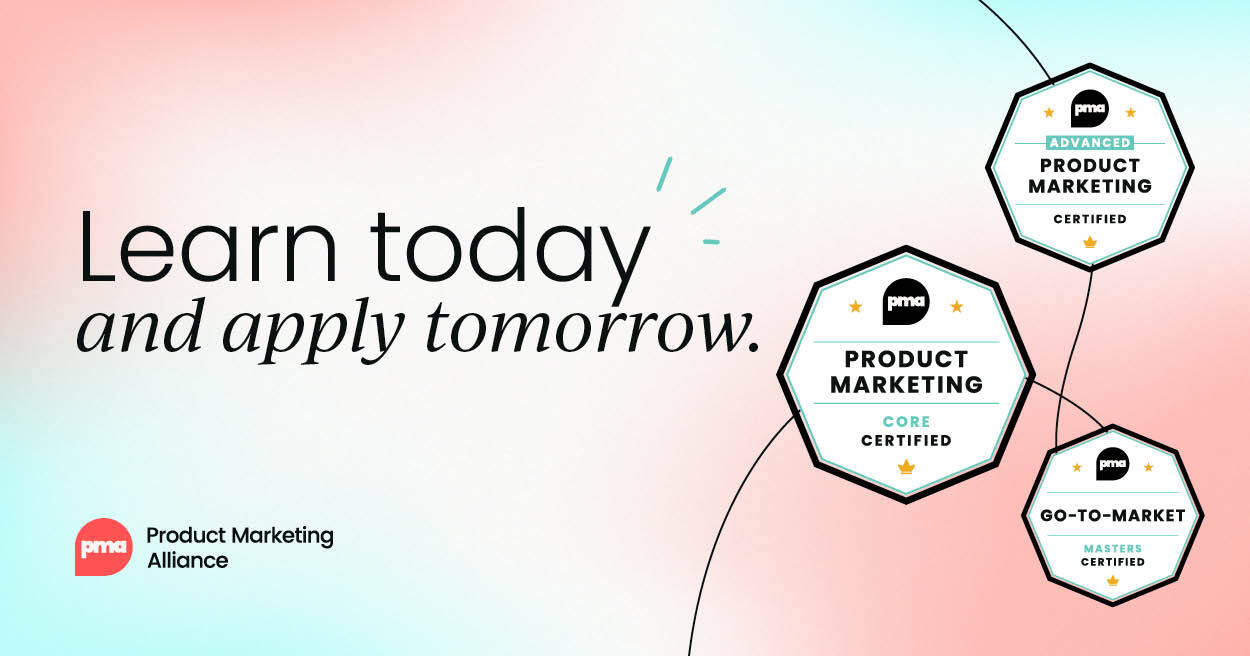



 Follow us on LinkedIn
Follow us on LinkedIn


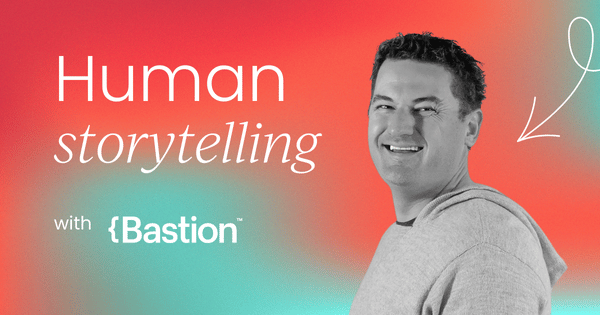

.svg?v=1abcb94374)